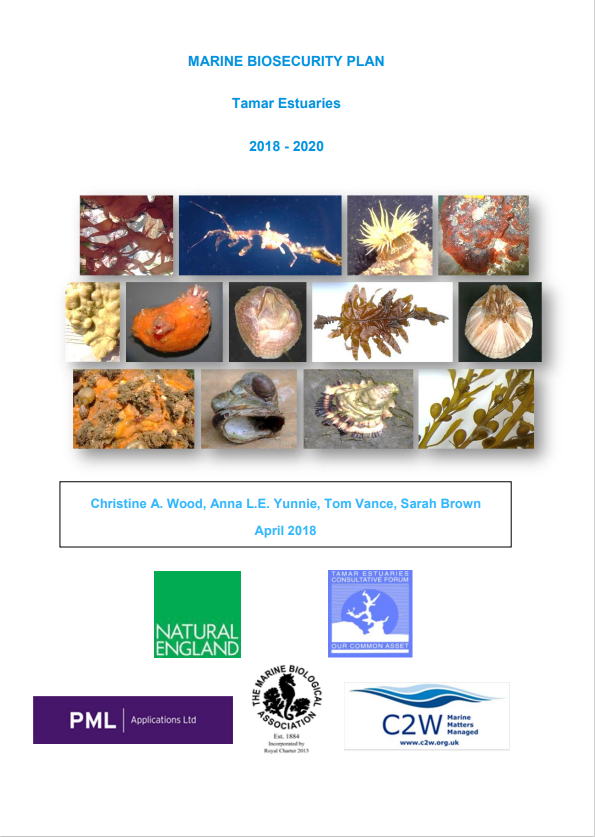Non-Native Species
Photo credit Natural England
Non-native species (NNS) are species living outside of their native distributional range and are an increasing threat to the marine environment. Non-native species become ‘invasive’ (INNS) when they thrive, threatening local flora and fauna, ecosystems and natural features. The Plymouth Sound & Tamar Estuaries have both NNS and INNS present, but there are things you can do to help prevent their spread, or the introduction of new NNS.
How do they get here and why does it matter
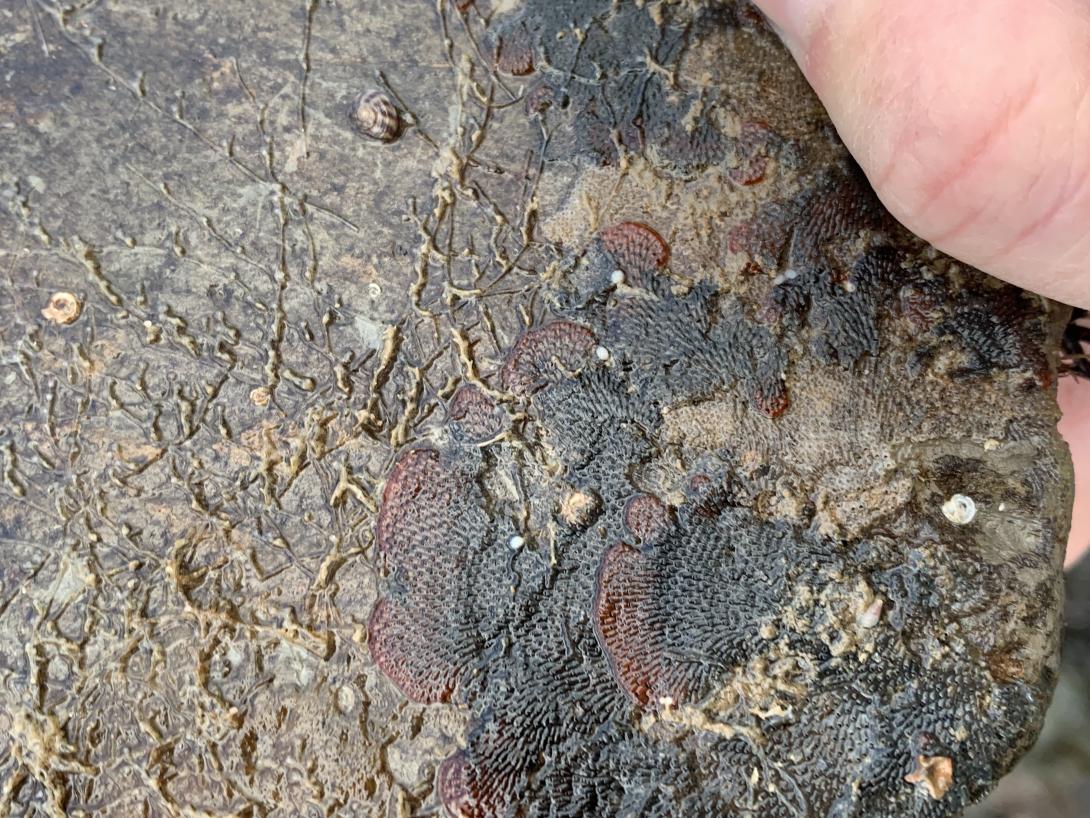
Red ripple bryozoan - Watersipora substrata Wireweed - Sargassum muticum 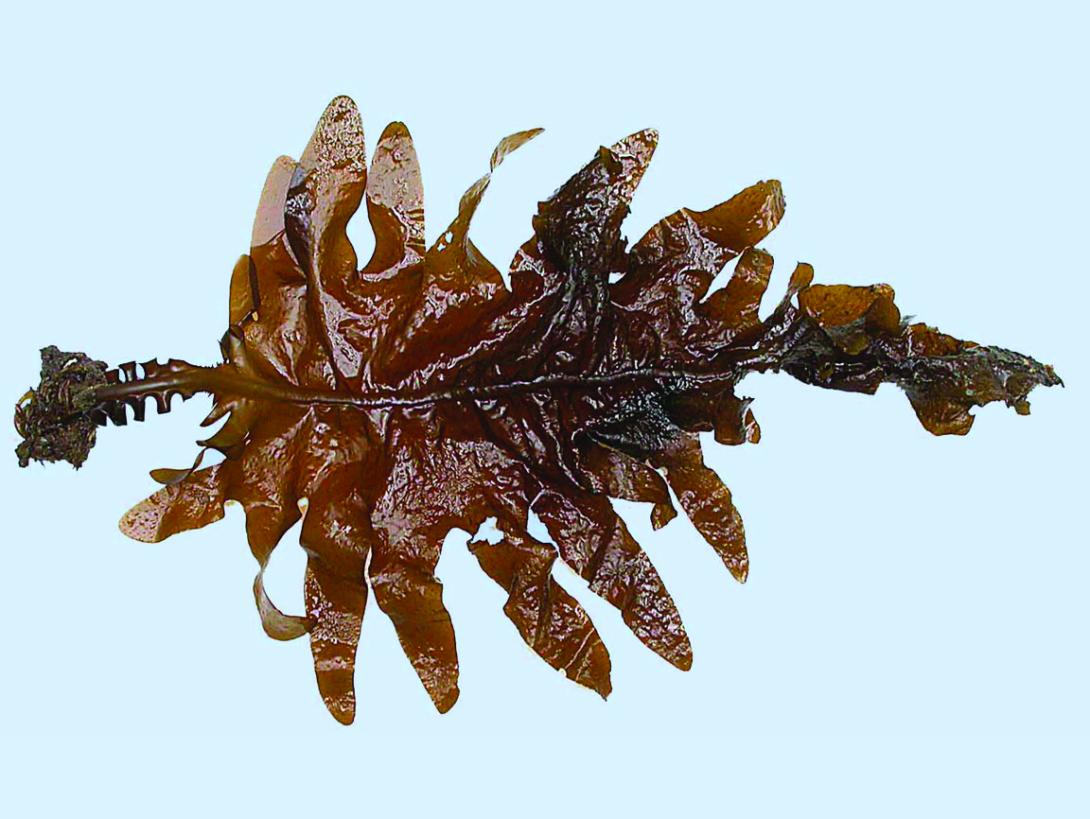
Wakame - Unidaria pinnatifida credit J Bishop 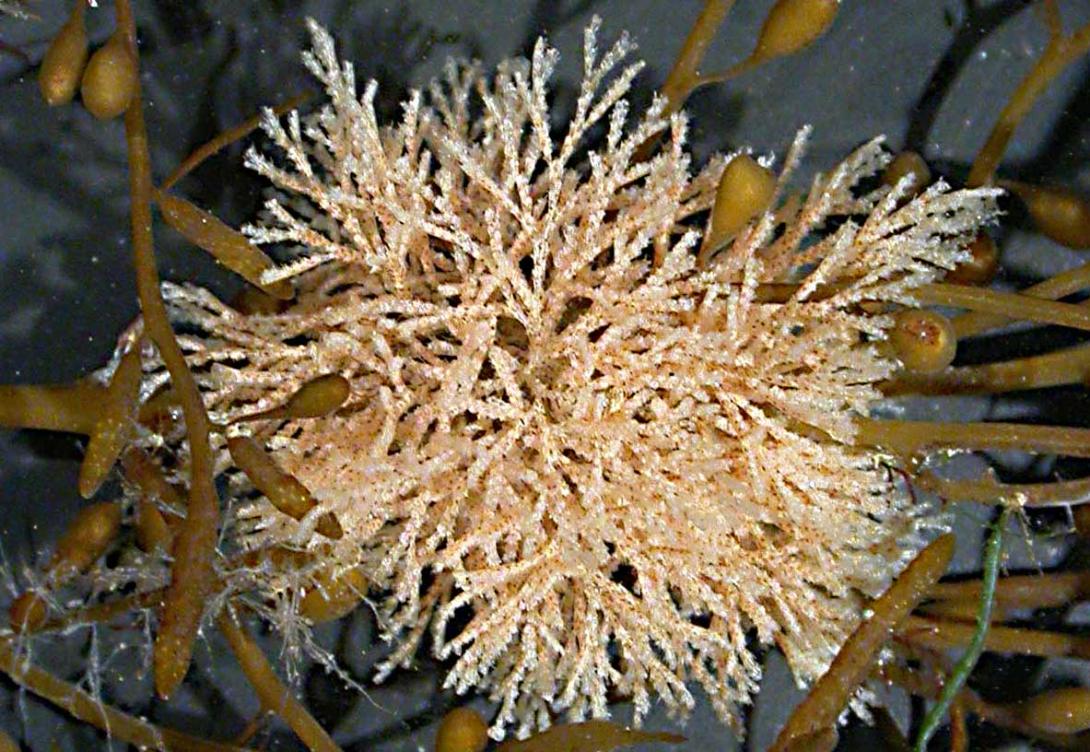
Tufty-buff bryozoan - Tricellaria inopinata -credit J Bishop 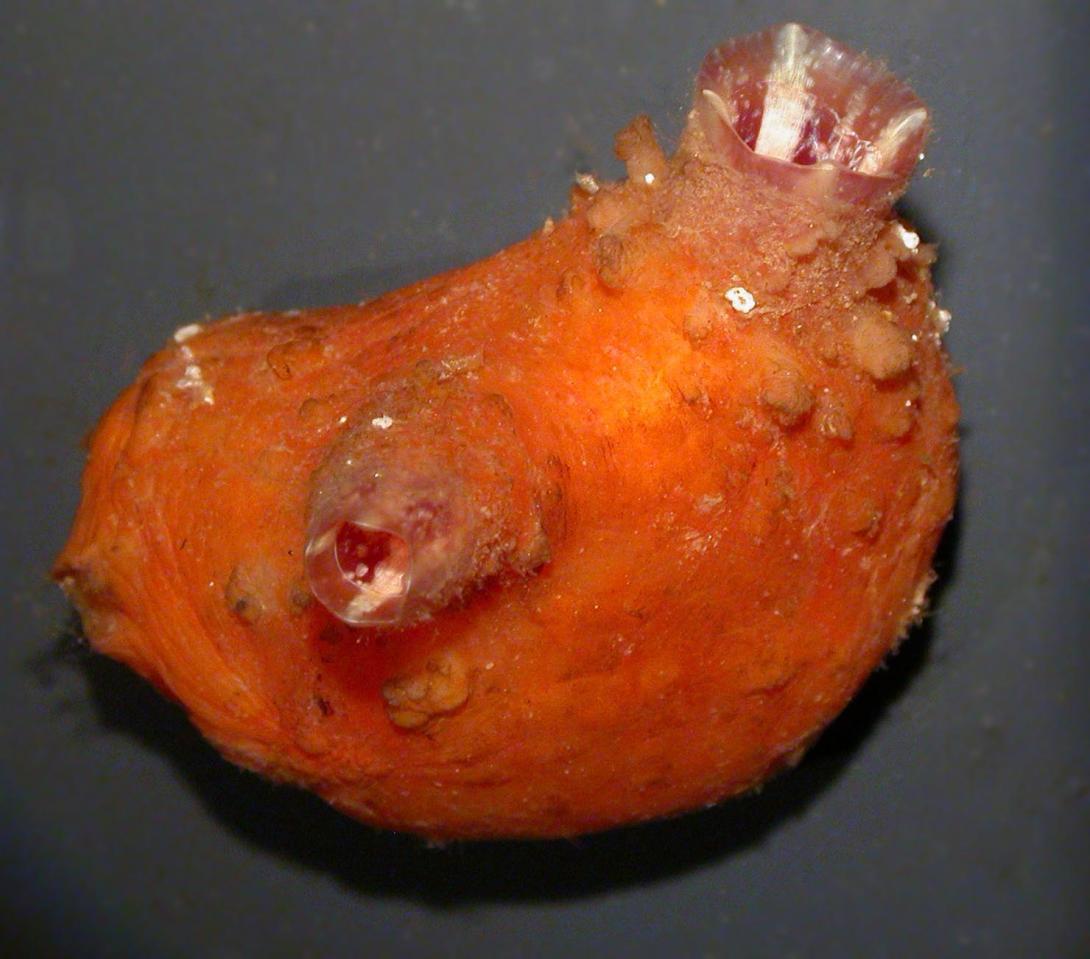
Compass sea squirt - Asterocarpa humilis - credit J Bishop Aplidium cf. glabrum - credit C. Wood 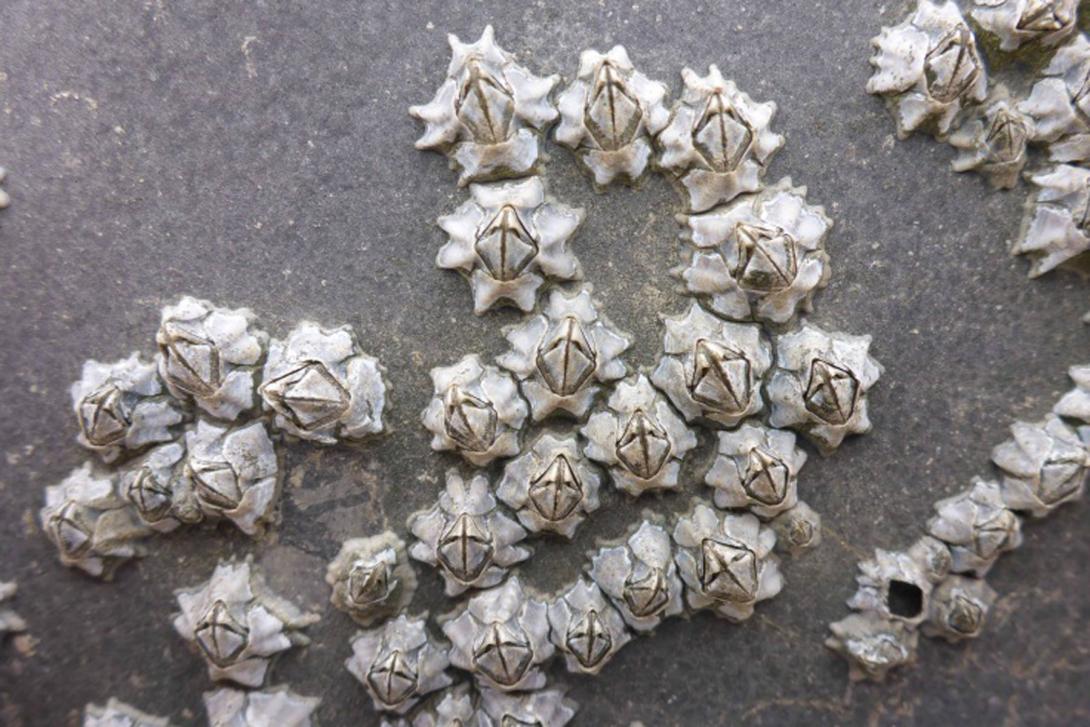
Darwin barnacle - Austrominius modestus - credit J Bishop 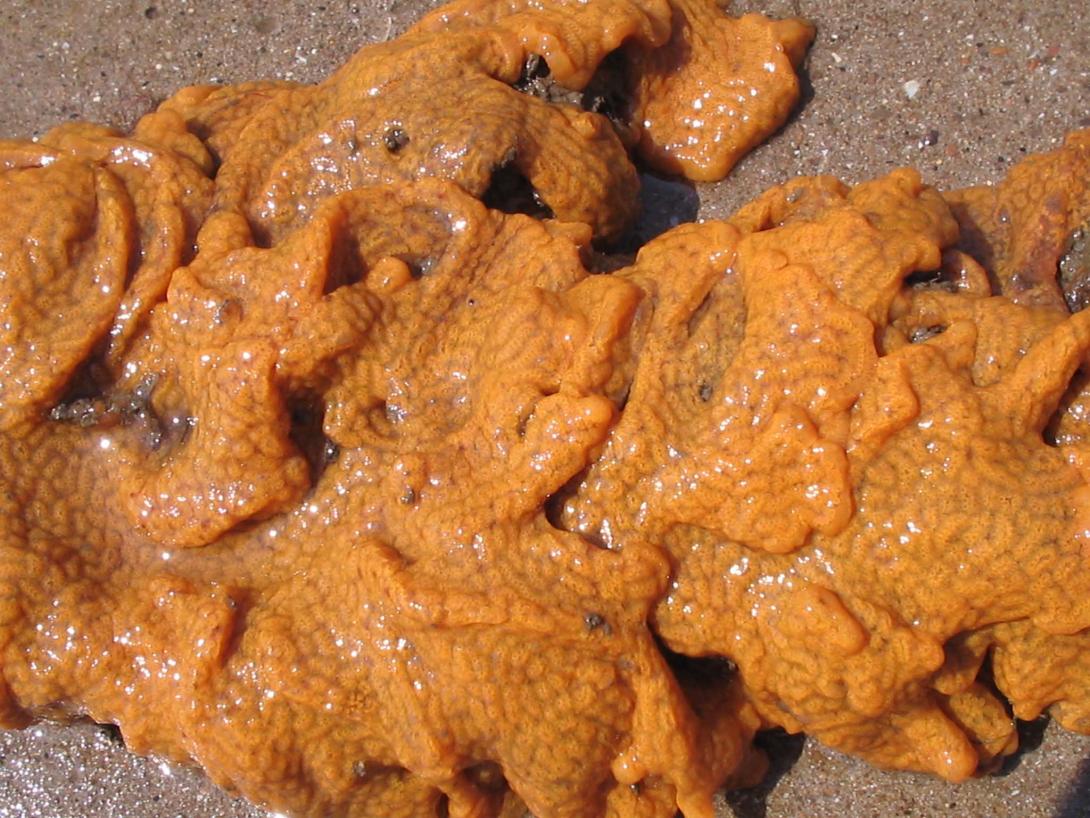
Orange-cloak sea squirt - Botrylloides violaceus - Credit Judith Oakley 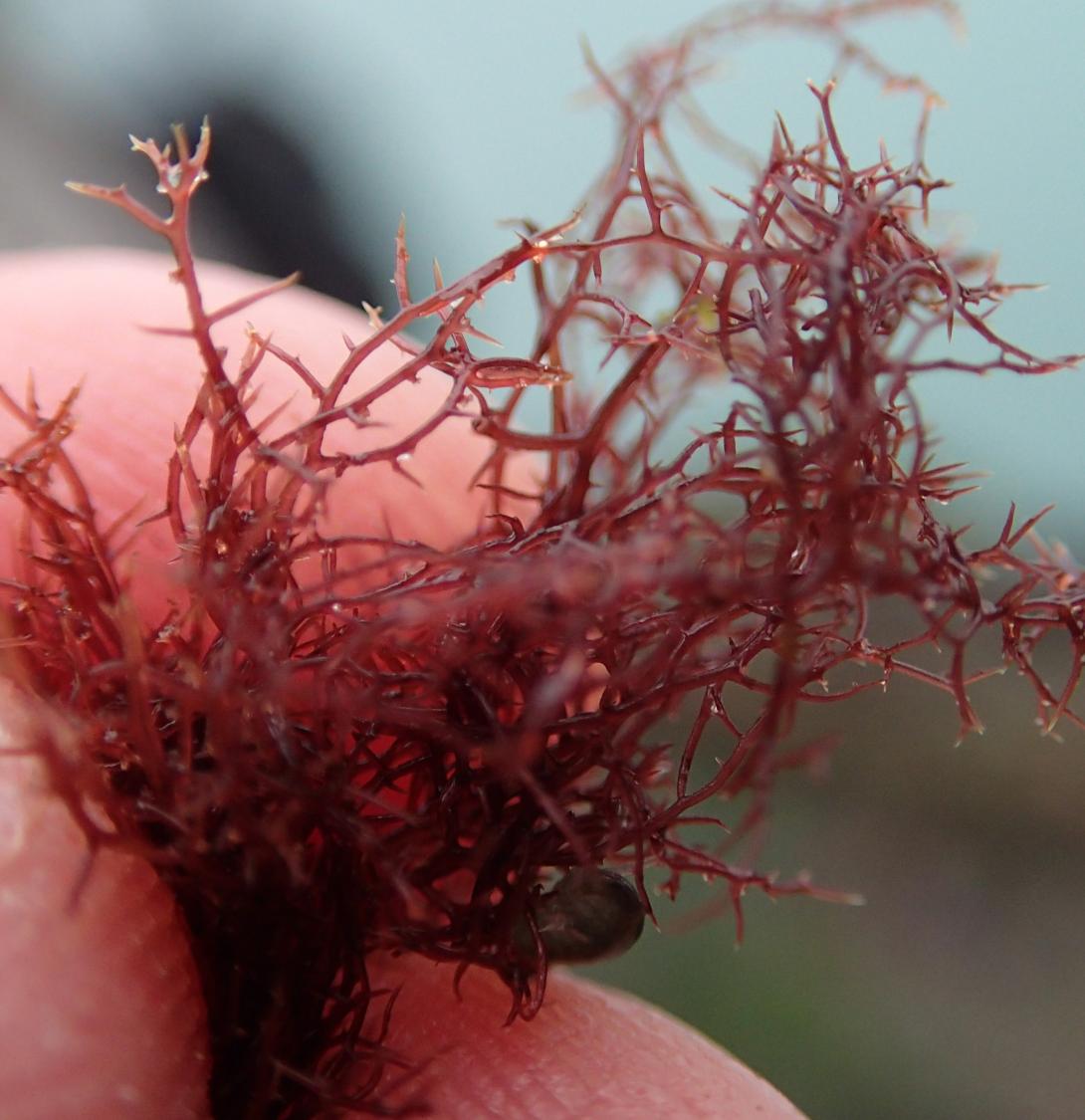
Pom pom weed - Caulacanthus okamurae - Credit Matt Slater Brown bryozoan - Bugula neritina - Credit J Bishop 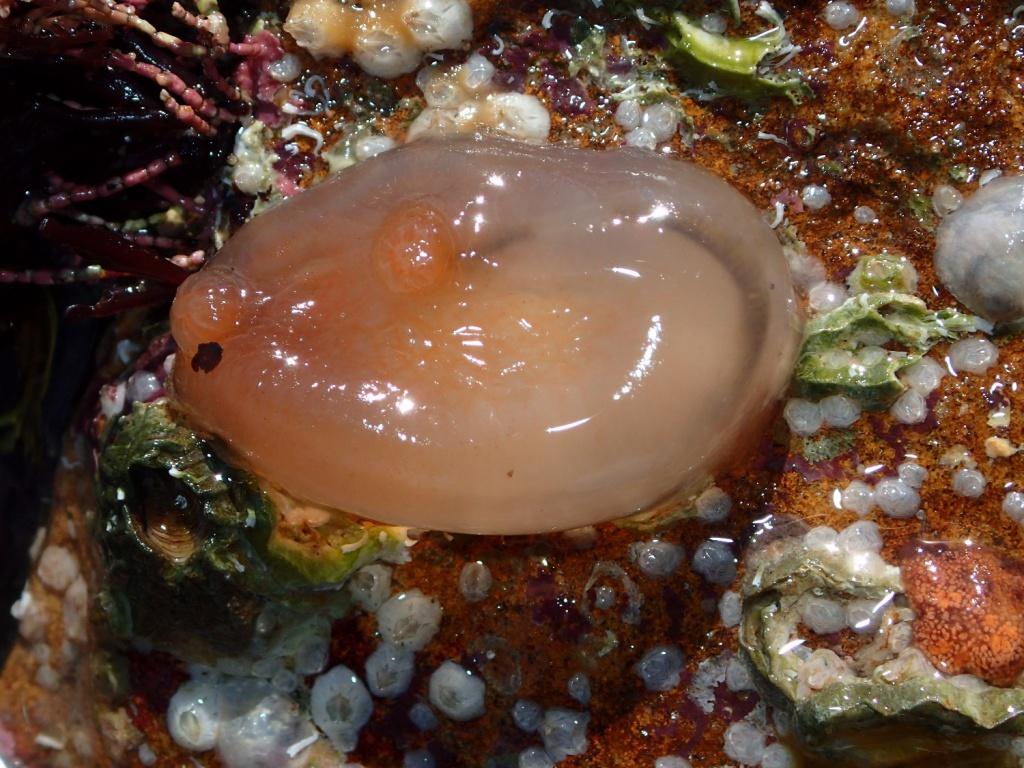
Orange-tipped sea squirt - Corella eumyota - Credit Paula Lightfoot 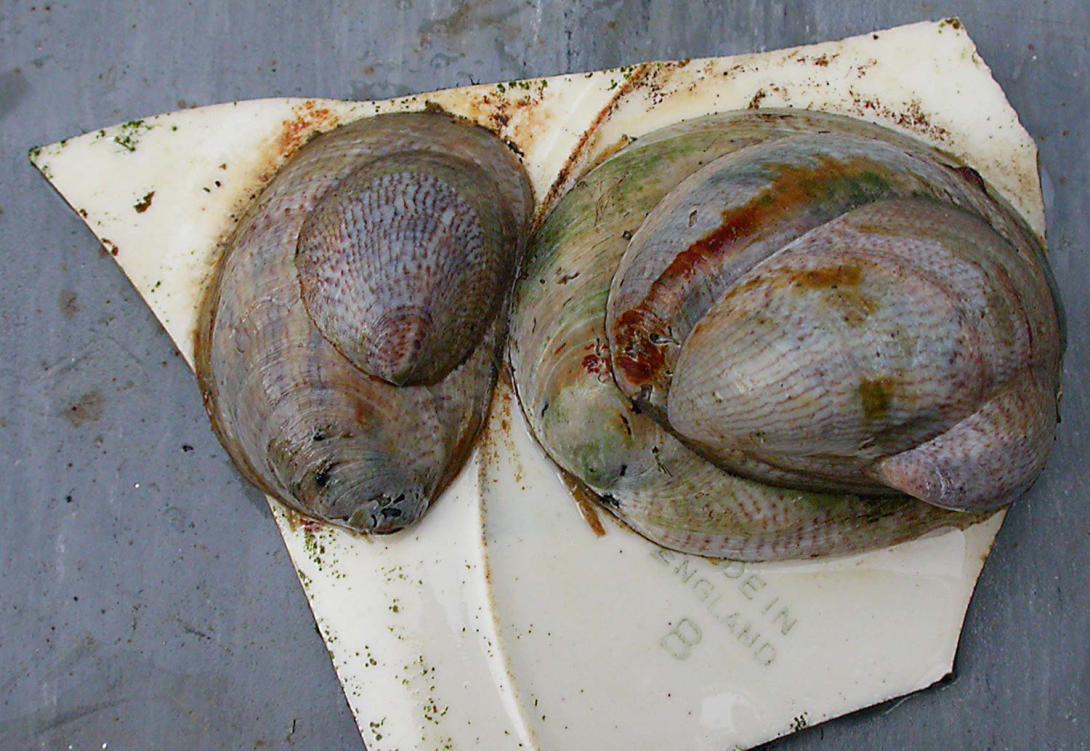
Slipper limpet - Crepidula fornicata - credit J Bishop 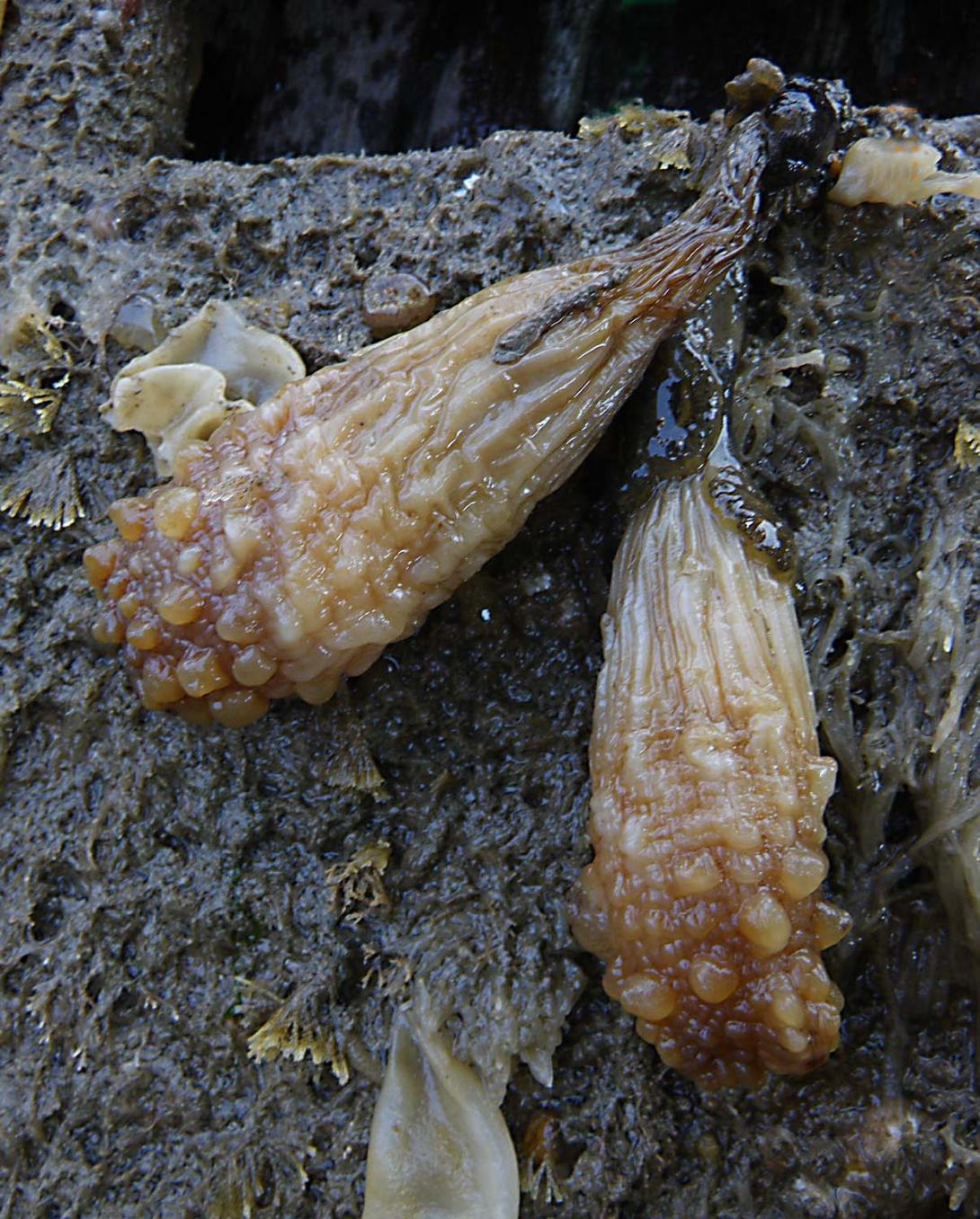
Leathery sea squirt - Styela clava - credit J Bishop 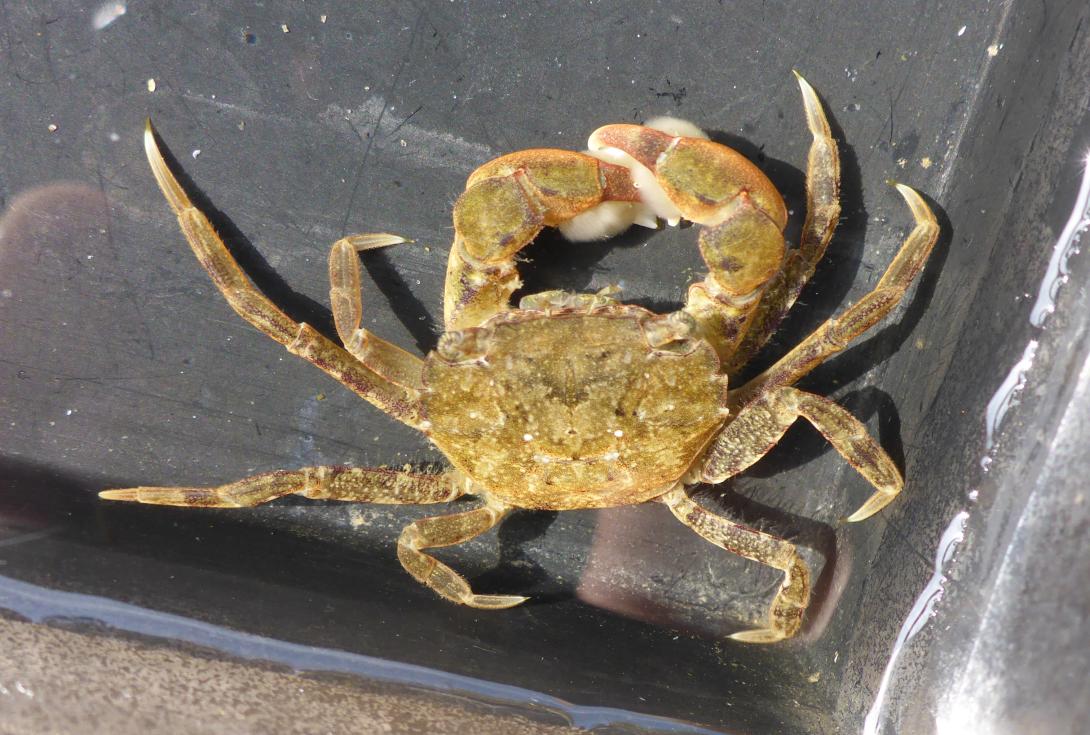
Brush-clawed crab - Hemigrapsus takanoi - Credit J Bishop 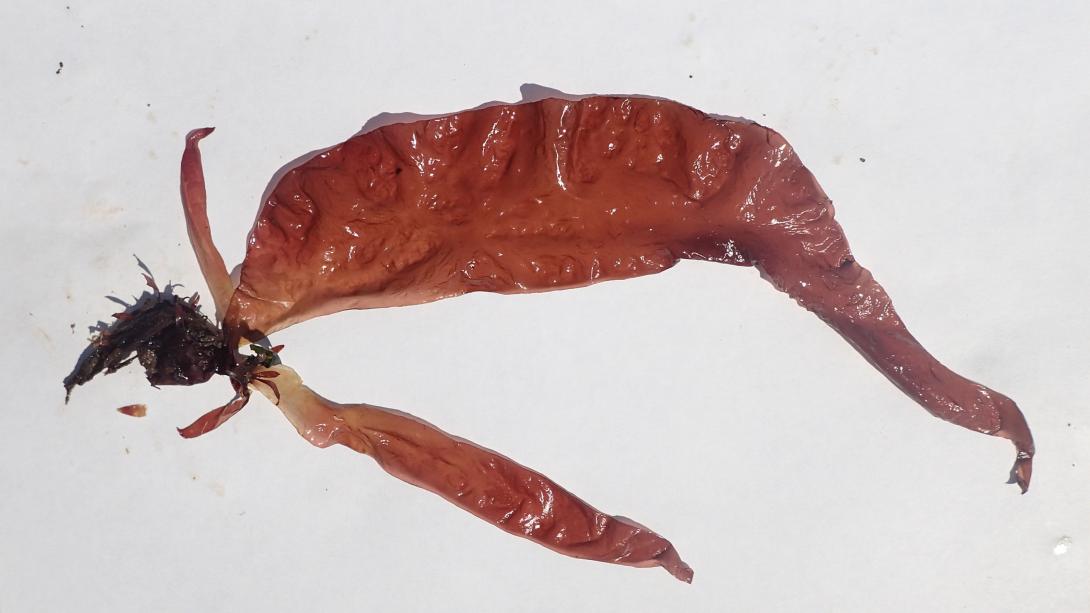
Devil's tongue weed - Grateloupia turuturu - credit C Wood 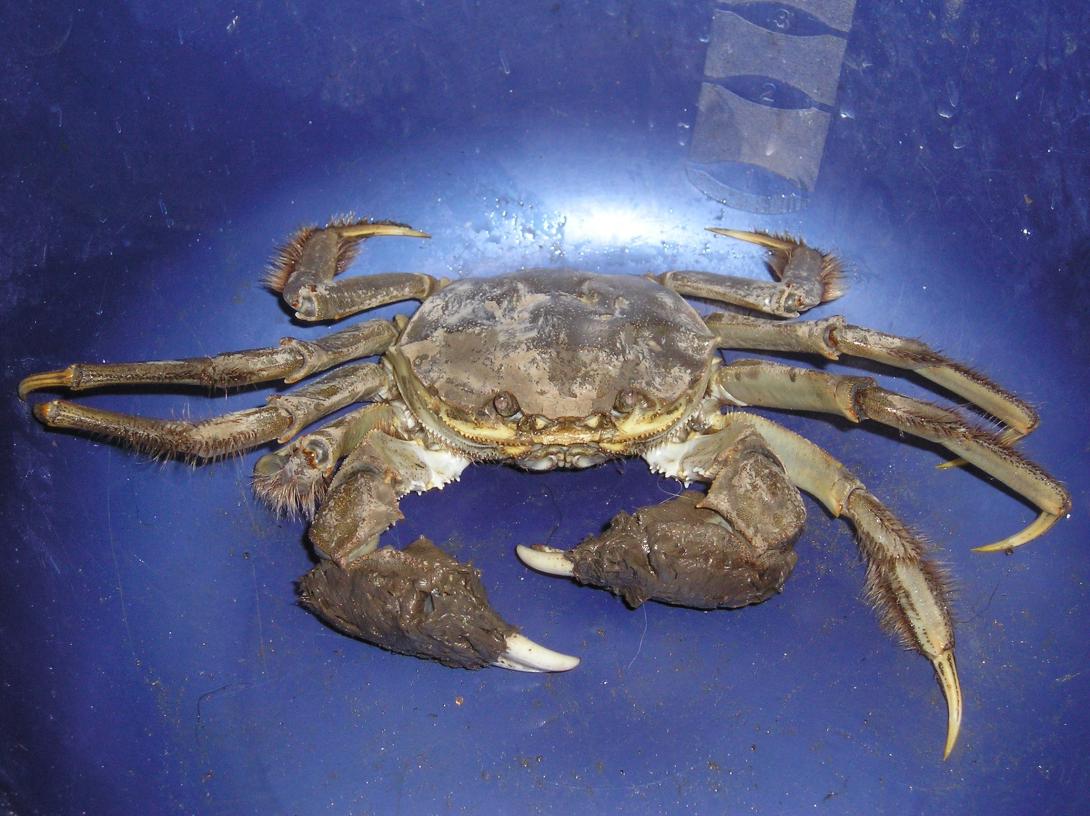
Chinese mitten crab - Eriocheir sinensis - Credit Huw Jones 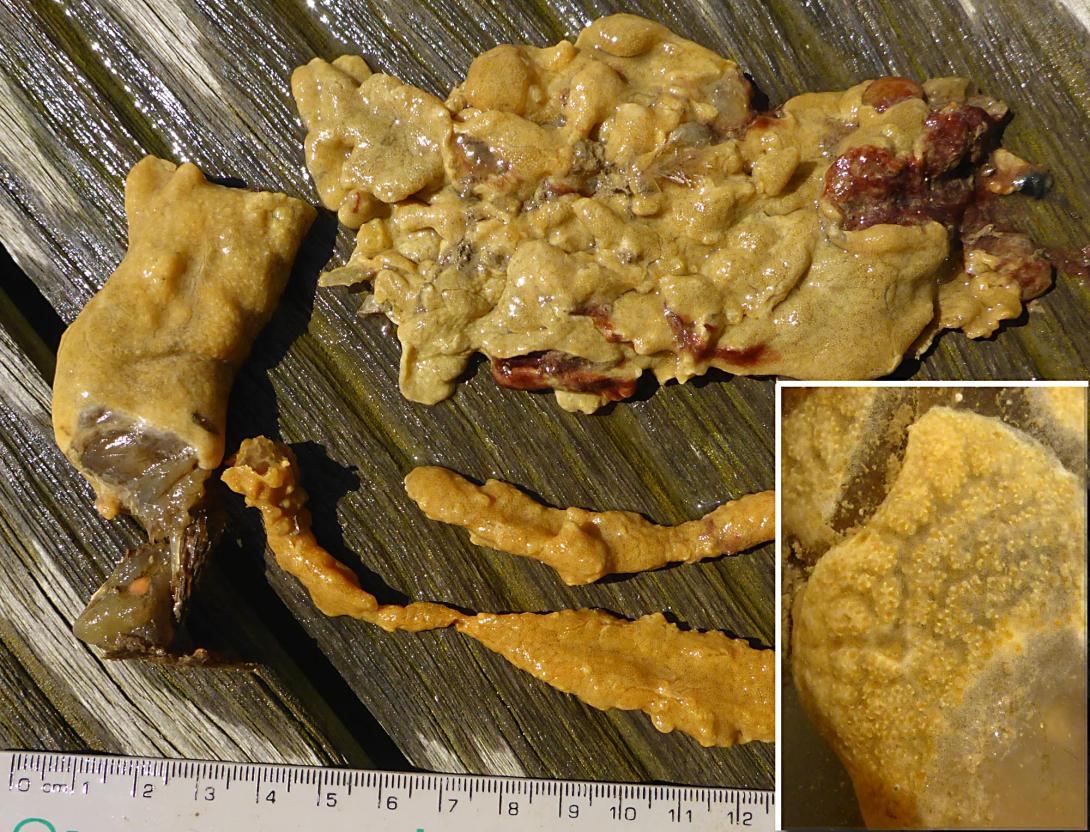
Carpet sea squirt - Didemnum vexillum - Credit J Bishop 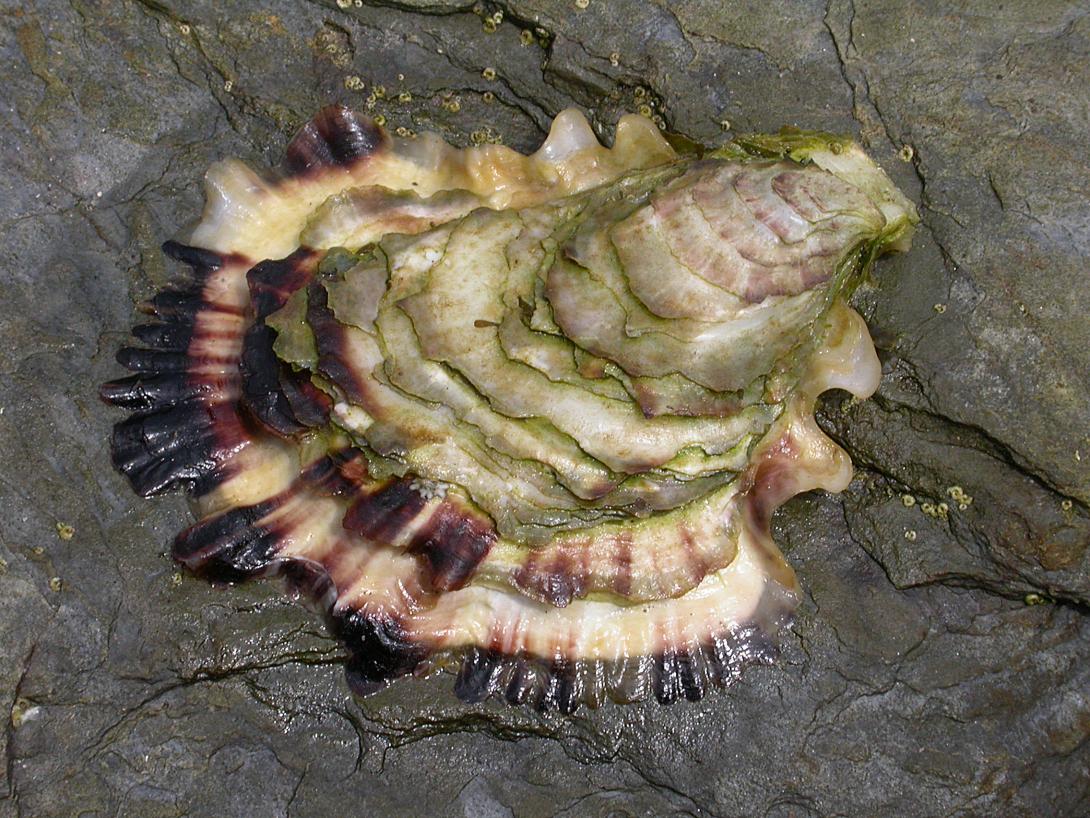
Pacific Oyster - Magallana gigas - credit J Bishop
INNS can quickly take over habitats at the expense of our native species. They can spread disease, block waterways and affect recreational activities by restricting navigation, clogging propellers and affecting local fish populations.
Recreational activities can spread NNS & INNS in a number of ways, including:
● Fouling (attaching) of vessels and recreational gear like paddleboards, kayaks, tow-floats when swimming, fishing gear and diving and snorkelling gear.
● Ballast water exchange - when the water tanks of a boat that help to keep it afloat are pumped out and refilled
● Live bait release
Non-native species for beginners
Produced as part of the Rapid Life Project, this great animation is a perfect introduction to non-native and invasive species, explaining what they are, how they get here, how they spread and things that can be done to prevent them.
To find out more about the Rapid Life Project (RAPID Life project » NNSS (nonnativespecies.org)
What can you do
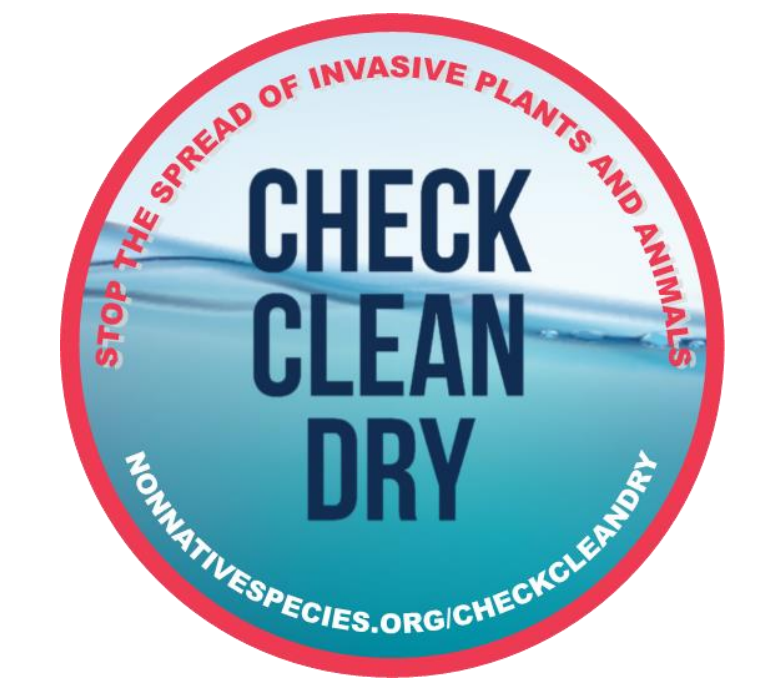
● Follow the Check, Clean, Dry code for boats, canoes and kayaks or anglers
● Anti-foul your vessel safely and regularly
● Download a quick reference guide to identify non-native species
● Report non-native or invasive species to the Marine Biological Association
To find out more information about marine non-native species and what you can to to help monitor and prevent their spread visit marine biosecurity (Marine biosecurity » NNSS (nonnativespecies.org) and learn more about all different types of species at the Non-Native Species Secretariat (Home » NNSS (nonnativespecies.org))
Tamar Estuaries Biosecurity Plan
Managing non-native species in the MPA
The Plymouth Sound & Tamar Estuaries Marine Protected Area is one of the first in the UK to develop a Biosecurity Plan to help prevent the spread of non-native and invasive non-native species in the area.
The Plan includes details on the presence, and threat levels, of non-native species in the MPA, the protocol for reporting NNS in the area and recommended actions for commercial, regulatory and recreational users of the site to help manage the spread of NNS and INNS.

